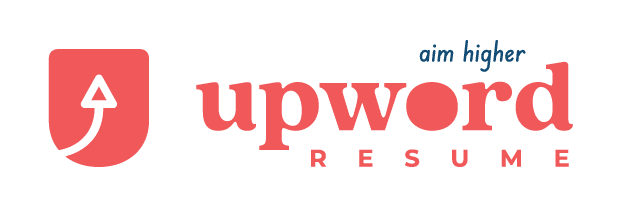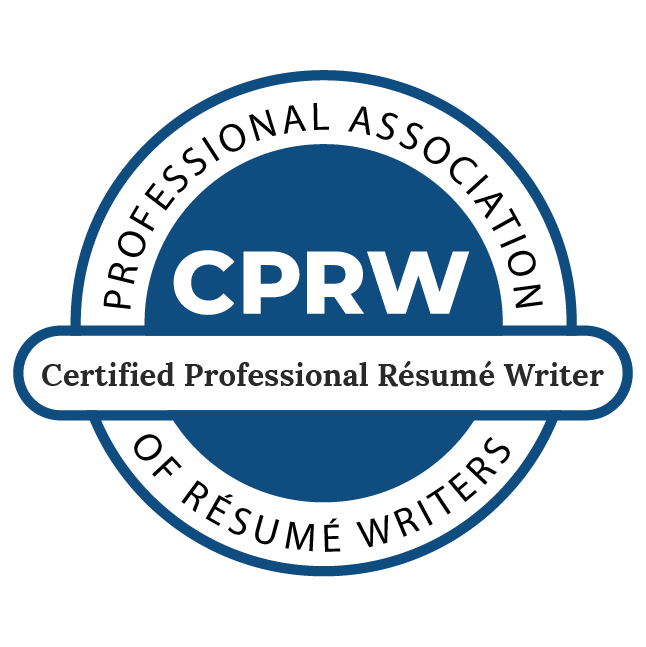The Summary section of your LinkedIn profile is highly keyword-optimized, which means it’s super influential in getting your profile in front of recruiters or other folks searching for people like you. And because it sits at the top of your profile page, it occupies primo real estate, giving you a golden opportunity to establish your personal brand and your professional credentials.
How exactly to approach writing a LinkedIn profile Summary section stymies a lot of people. LinkedIn is its own genre, and the best practices draw features from resumes, cover letters, and web copy.
Like a resume… your LinkedIn profile’s Summary section should outline your past experience to demonstrate your qualifications for the next step in your career.
Like a cover letter… your LinkedIn profile’s Summary section should be written in the first person (refer to yourself as “I”) and can have a somewhat conversational tone.
Like web copy… your LinkedIn profile’s Summary section should be broken into small chunks of text (short paragraphs, bullet lists) to make it super easy to scan quickly.
And like all writing projects, the key to success lies in imagining what your reader needs and answering their questions each step of the way.
Here are the 4 components of a great Summary section that will answer readers’ questions and showcase your skills. Fill in the blanks and plug in your own info, and your profile will become a high-performing tool in your career development arsenal.
1.
What your reader is asking:
“Who are you?”
When someone clicks to your LinkedIn profile, what they want to know first and foremost is who you are and what you do.
Here’s how:
Start your Profile by giving yourself a title, or a few. This does not have to exactly match your current job title, but it does have to be an accurate encapsulation of who you are professionally. Start with, “I’m a….” and plug in a brief descriptor of your professional role.
I’m a Strategic IT Director with background in infrastructure and Agile leadership.
I am a passionate, strategic Business Process & Change Manager that leads organizations to operational excellence.
I’m an experienced, innovative OPERATIONS AND PERFORMANCE IMPROVEMENT SPECIALIST.
I’m a top-performing B2B Sales Leader with proven skill at every phase of the sales process.
2.
What your reader is asking:
“Tell me more.”
Now that your reader understands where to locate you on the career map, they want to know a bit more about what you bring to the table.
Here’s how:
Write a sentence (or two) that describes what you contribute, what you make better, the end result of your work. This is a big-picture view of your professional specialty.
I partner with enterprise leaders to implement IT initiatives that drive key business objectives.
I help clinician practices create repeatable routines, improve patient care, and increase revenue, enabling them to provide exceptional, mission-based healthcare.
I create sustained operational improvement through implementation of Lean Operating Systems.
I’m effective throughout the full sales cycle—from prospecting leads to closing deals to providing ongoing client success training.
To brainstorm this second sentence, try these prompts:
My talent is…
What I’m most proud of is…
I see my role as…
In every professional endeavor, I…
What sets me apart is…
I combine … and …
Note:
In its current layout (and LinkedIn tweaks this regularly), the Summary section on your LinkedIn profile is accordion style. Readers see only the first three lines and must click “see more” to see the rest. This means you should pay special attention to make sure those first three visible lines are strong and compelling.
3.
What your reader is asking:
“Prove it.”
So far, your Summary has made some great promises, but your reader needs to be convinced. Show them that you’ve done this before, that you really have the credentials they’re looking for.
Here’s how:
Since people’s attention spans are especially short when reading web pages, use short paragraphs or bullets to create a list of 3-5 of your strongest accomplishments or skills.
- Fluency in DevOps, Kanban, and Scrum software development frameworks.
- Innate ability to assess client needs and recommend effective solutions.
- Talent for consultative sales, positioning as a trusted business adviser and resource to advocate for clients’ business.
- Knowledge of Sarbanes-Oxley and PCI Security/Regulatory Compliance.
4.
What your reader is asking:
“How can I find someone who…”
Here we have to time travel a little bit. The fourth and final component of a good LinkedIn profile Summary addresses the questions of your profile visitor before they ever clicked on your name.
Here’s how:
Brainstorm the search terms someone might type when looking for someone like you (or someone with the job you’d like to have). Generate a list of 10-20 keywords that you want to lead someone to your profile. Plug this list into the bottom of your Summary.
This list of keywords may not be the most elegant strategy, but it’s very effective in driving the right viewers to your profile.
Systems Administration | Network Management | Application Support | Data Management | Agile Development | Scrum Master
Financial Analysis | Leadership | Client Service | Budgets | Personnel Management | CRM | Data Analytics | Healthcare
B2B Sales | Customer Success | Account Management | Online Lead Generation | Prospecting | Customer Relationship Management | Customer-centric Sales | Small Business Advisor | Customer Implementation
Adding these four components to your LinkedIn profile Summary section can have a huge effect on your profile views. And if you’re looking for more help with LinkedIn strategy and resume writing, reach out to Upword Resume.


